A dishwashing brush is an essential kitchen cleaning tool. Its core function is to efficiently and conveniently remove grease and food residue from dishes while maintaining hygiene, environmental friendliness, and protective features. Below is an analysis of the specific functions and usage scenarios of a dishwashing brush:
1. Basic Cleaning
Stain and Grease Removal:
The physical friction of the bristles quickly breaks down stubborn grease (such as hot pot oil and fried food residue), making it more efficient than simply using your hands or a rag.
Comparative experiment: A dishwashing brush takes only 15 seconds to clean a greasy dish, while a sponge takes over 30 seconds.
Removing Dried-On Debris:
A stiff brush head (such as a nylon brush) effectively removes adherent debris like dried rice grains and egg wash, preventing repeated scratching and damage to dishes.
Deep Cleaning:
The fine bristles reach deep into hard-to-reach areas like carved cutlery, between fork tines, and under the bottom of thermoses.
2. Hygienic Protection
Reducing Bacterial Growth:
Plastic/silicone brushes dry faster than traditional dishcloths, preventing mold growth in humid environments (dishcloths can harbor up to 50 times more bacteria than dishwashing brushes*).
Recommendation: Choose a brush with a ventilation hole for faster drying.
Preventing Cross-Contamination:
Using dedicated brushes (such as fruit and vegetable brushes and bottle brushes) prevents bacteria from raw meat and seafood from contaminating other dishes.
3. Environmental and Economical
Replacing Disposable Cleaning Tools:
One high-quality dishwashing brush can replace three months' worth of kitchen paper or scouring pads, reducing waste.
Statistics: Based on 10 weekly cleanings, dishcloths are used approximately 12 times per year, while long-handled dishwashing brushes only require 1-2.
Water Conservation:
The bristle structure creates foam quickly, reducing detergent usage; its powerful cleaning effect also shortens rinsing time.
4. Special Function Extensions
Safe for Utensils: Soft-bristled brushes are suitable for non-stick pans and ceramic glazes; copper wire brushes are specifically designed for removing burnt-on stains from stainless steel pans.
Multifunctional design: some products integrate a detergent squeeze chamber, a scraper edge (for handling dry and hard stains), and a suction cup base (for fixing to the countertop).
Usage and Maintenance Recommendations
Regular disinfection: Boil in boiling water for 5 minutes or soak in an oxygen-purifying solution monthly.
Signs for replacement: Bristles falling over, blackening at the base (mold), or cracking of the plastic handle.
Storage Tips: Hang in a well-ventilated area, away from damp sinks.


 中文简体
中文简体 English
English Español
Español Français
Français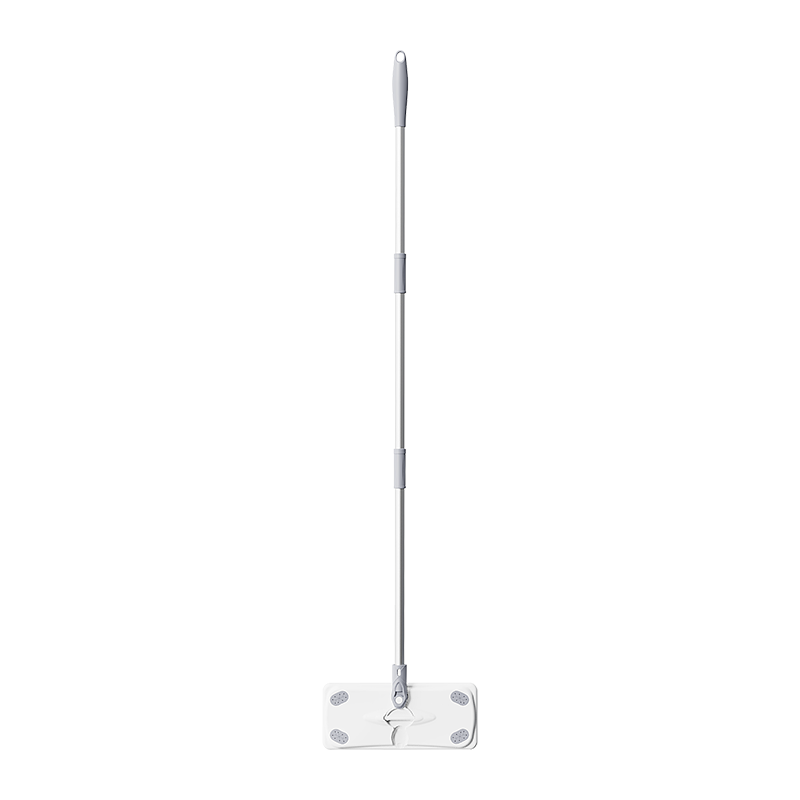
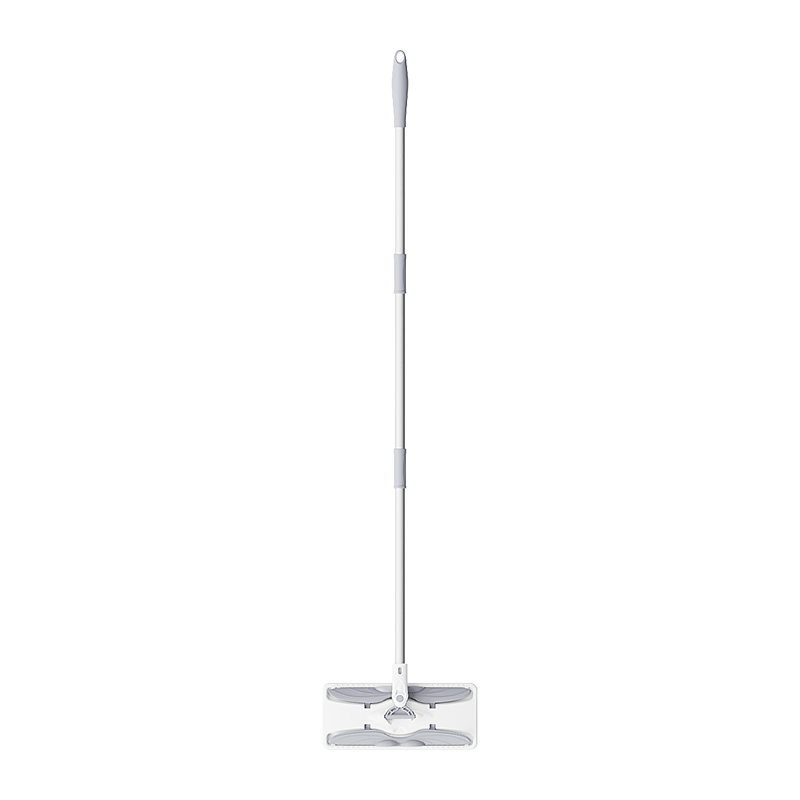
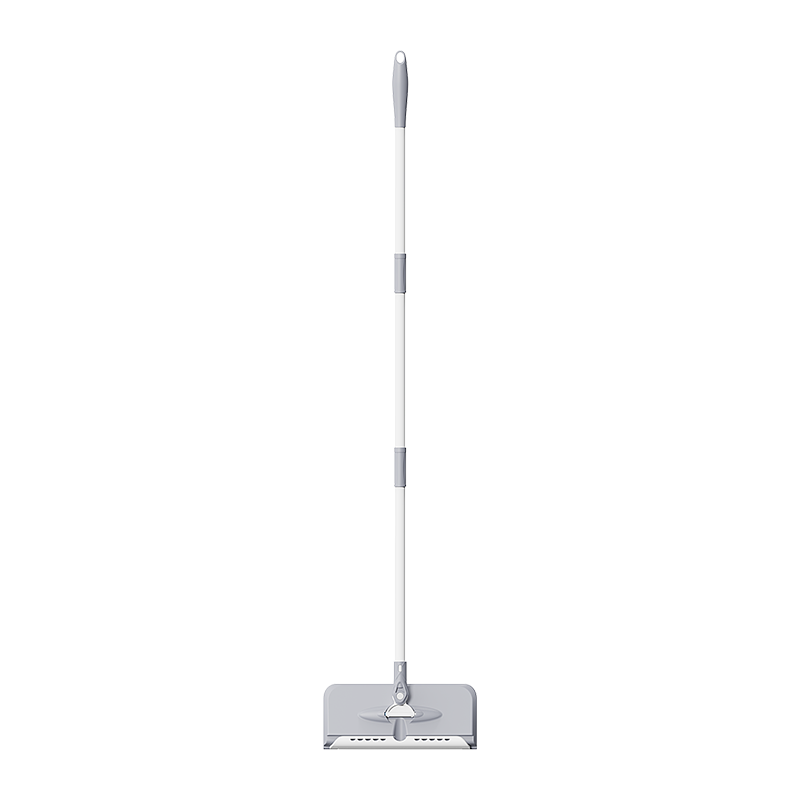
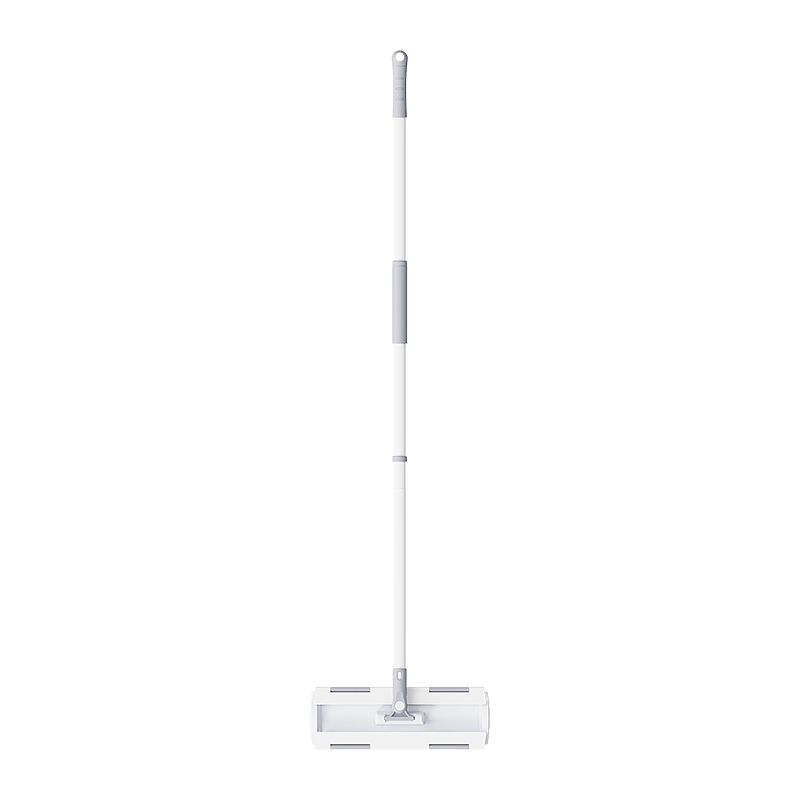
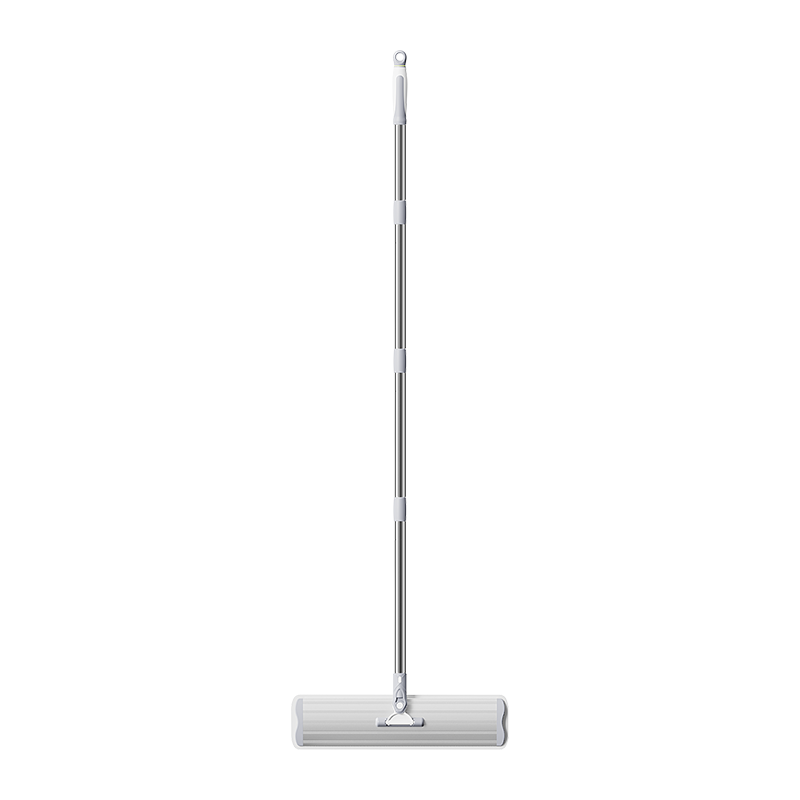

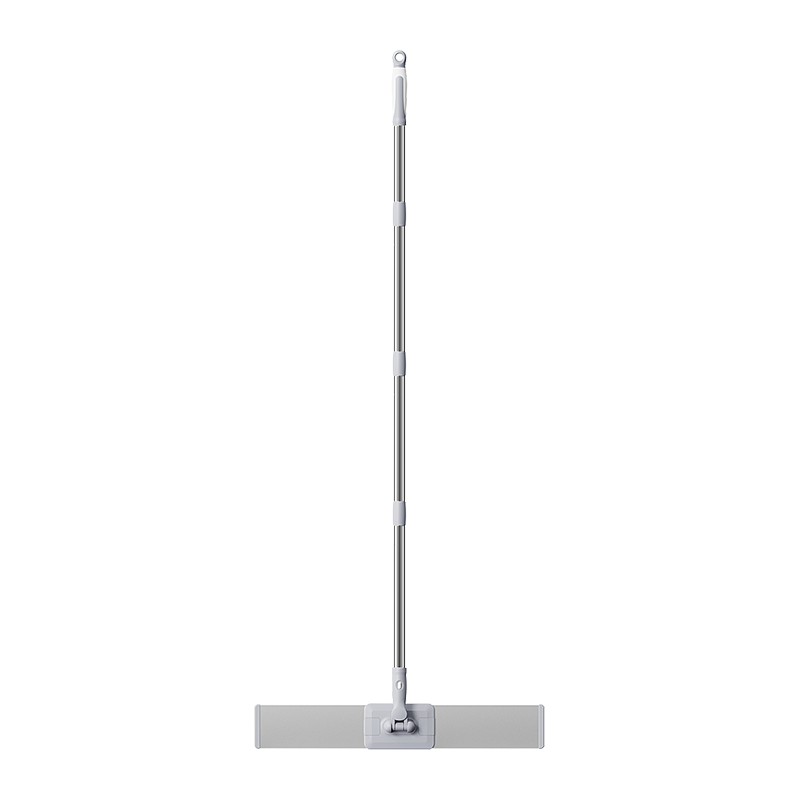

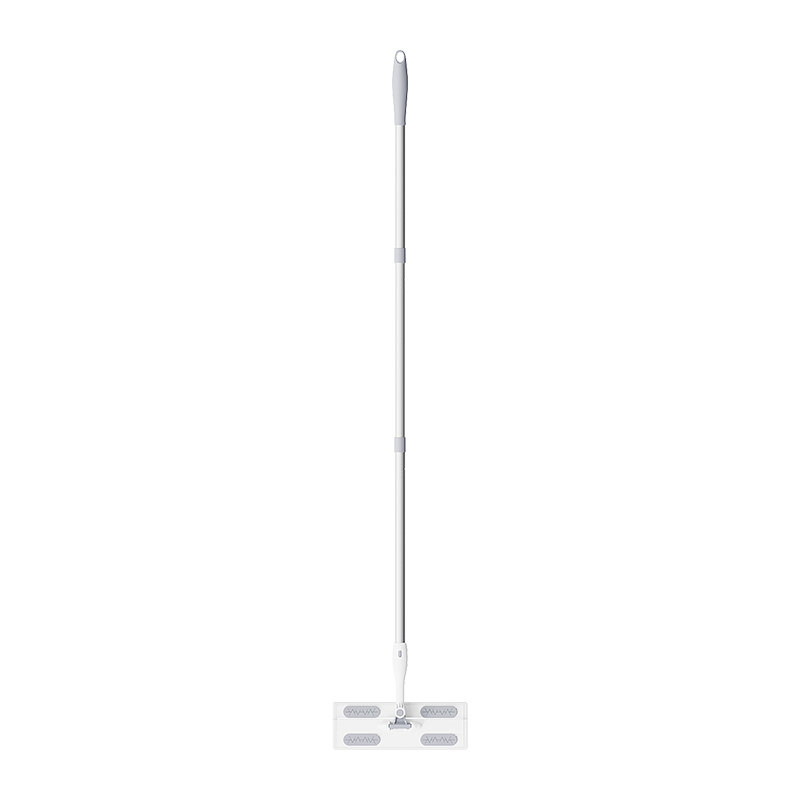
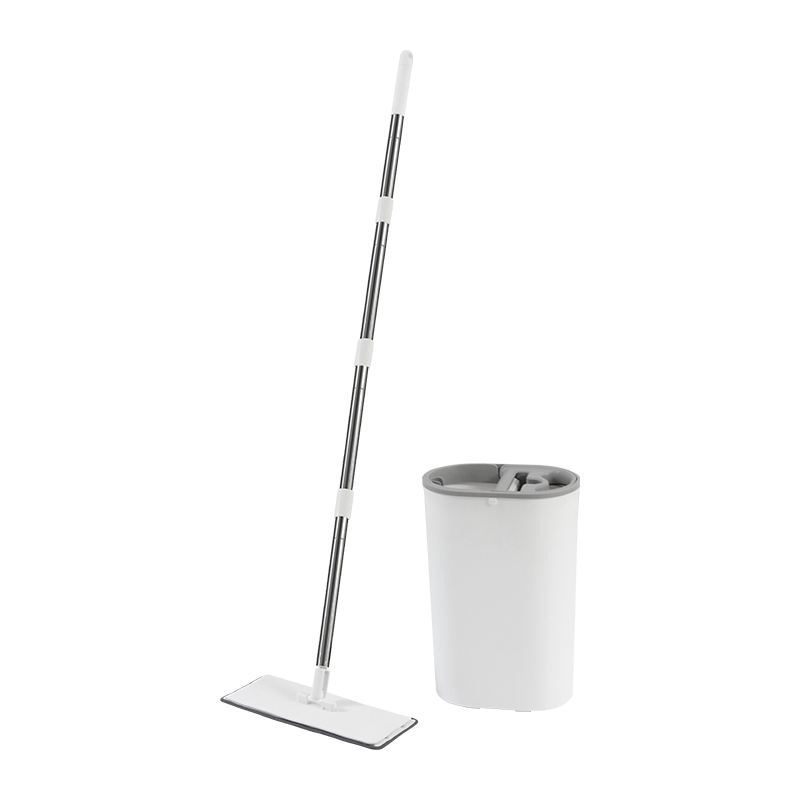
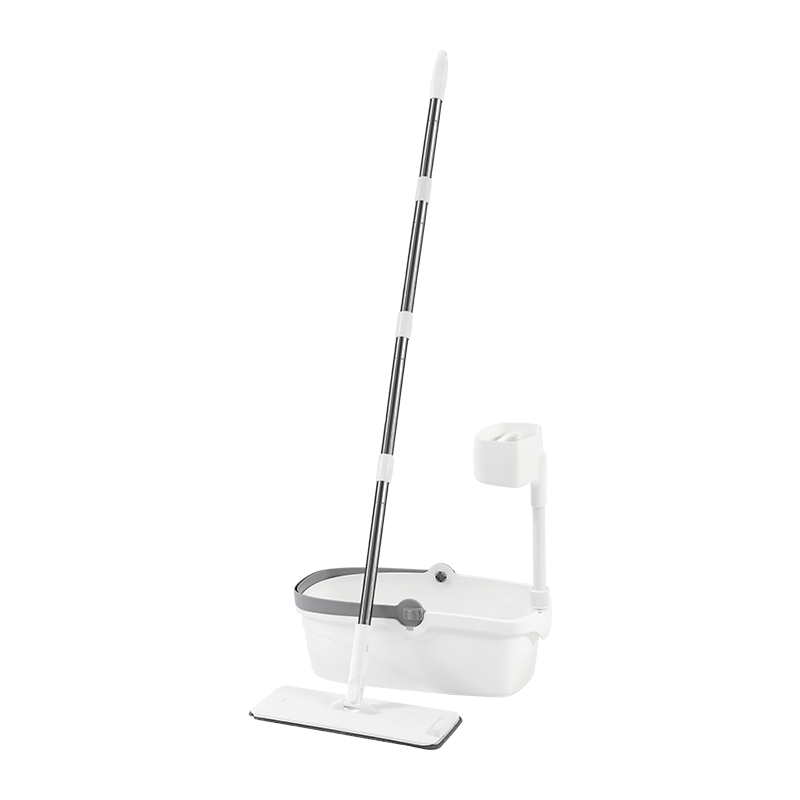

 Products
Products












